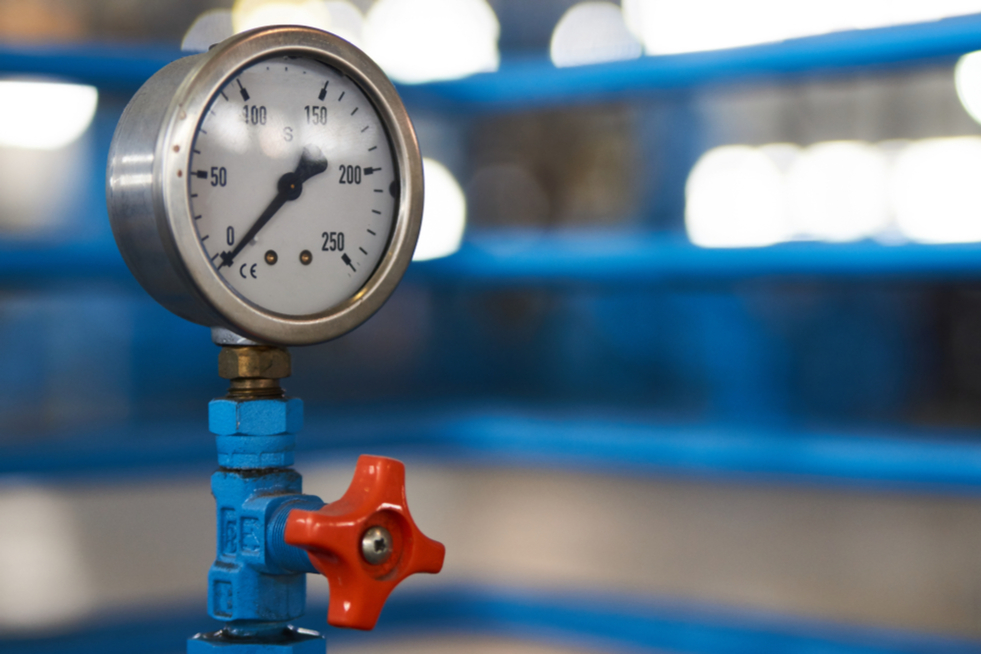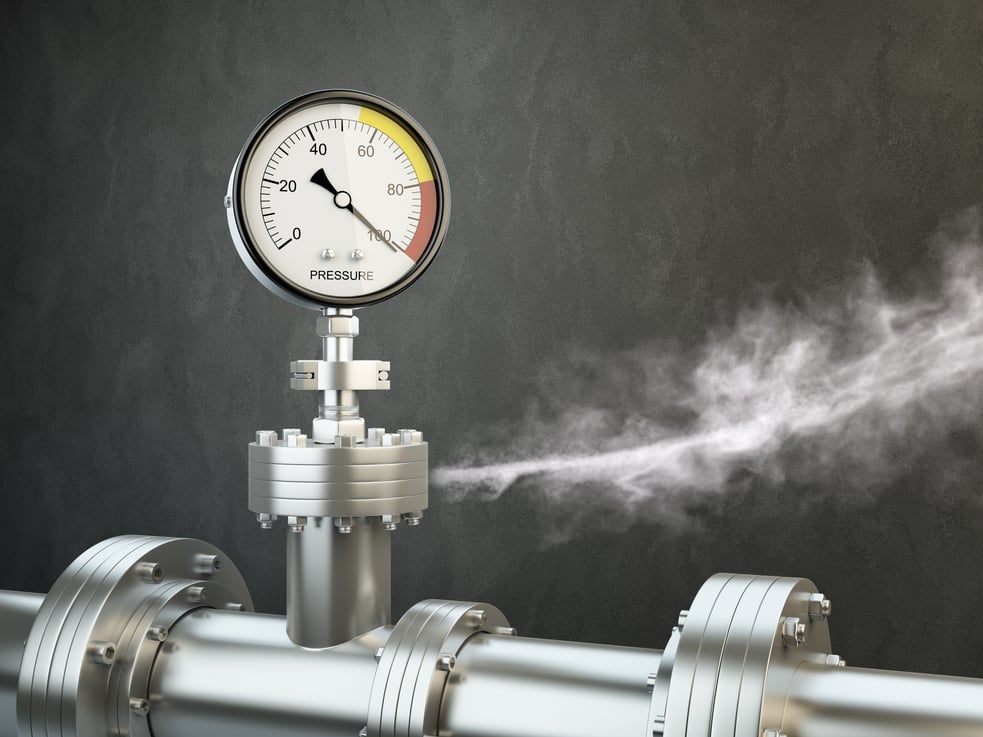Sub Slab Depressurization System (SSDS)
Our Sub Slap Depressurization Systems are reliable and dependable in preventing vapor build-up in your house.
We identify & eliminate unnecessary energy consumption, leaving you with maximal functionality for the minimum annual energy cost.
All of our systems are designed with longevity in mind, saving you maintenance costs down the line.

Sub Slab Depressurization System (SSDS) is a mitigating system for indoor vapors that emerge from the subsurface into occupied homes. These vapors can contaminate your living space, and so you need this system to enhance your healthy environment. SSDS is not the only system but remains the most prevalent and effective system for both new and existing buildings.
New York Engineers has been offering Sub Slab Depressurization System services for many years. We are the leading experts in these services as revered by many clients so far. Our system counteracts the vapors caused by volatile organic compounds. It is also best in mitigating radon, a naturally occurring radioactive gas that is caused by a breakdown of uranium in soil, rock, and water.
If you feel you need the SSDS service, our engineers can assess your site to determine if this system is the most applicable solution. Alternative solutions include Sub Slab Ventilation, sub-membrane depressurization, and Drain-tile suction system. All these are effective with some variances on how to apply them and how they work.
Naturally, the subsurface pressures are higher than the pressure in your home. As a result, vapors migrate from the subsurface to the interior. This difference in pressures is caused by gases trapped under the surface. The Sub Slab Depressurization System, as the name says, depressurizes the pressure in the sub-slab so that vapors flows downward not upward to your room.
Vapors into your home can have a detrimental effect such as contaminating the air you breathe or leading to molds build up and eventually compromising the quality of your home. You therefore have to act. Nearby Engineers' New York Engineers' SSDS can come to your rescue for new and existing constructions. We have mastered the art of mitigating vapor intrusion in houses.
An abandoned property deteriorates quickly. Implementing SSDS helps retain the value of your property in the long run, especially if you intend to resell the property in the future. The continuous intrusion of vapor into the home tampers with its quality and durability. In fact, when negotiating for the property value you can convince prospective buyers about the longevity of your home given the visibility of SSDS. This shows how caring you are with your property.
When you are decided about this system, consider Nearby Engineers New York Engineers as the pioneers behind the sub-slab depressurization system in Chicago.

SSDS basically creates negative pressure under and around the foundation to avoid the movement of vapor from high to low pressure as nature allows. Our system will vent out the gases through the installed pipes to the outside. We will drill a pit through which we can insert the pipes to the subsurface. This will help us reach the gases beneath the slab or the membrane.
Our engineers will then install the pipes as a pathway for the gases. The work becomes much easier in new construction because we can easily incorporate the pipes during construction. Although the placement of SSDS pipes is controversial, we know exactly which location is the most effective. Trust Nearby Engineers New York Engineers in this endeavor. Our experience speaks volume about our expertise.
Even if there are cracks or holes between the subsurface and the house, vapor will not intrude intensively due to a depressurized environment. However, for quality assurance purposes, our engineers will ensure that such holes are closed up. This shows the importance of site analysis prior to installing the pipes. Nearby Engineers New York Engineers cares about our work and we ensure that our services are unmatched.
It is not always that we use an active SSDS. In some cases, we might install the passive system in collaboration with the client and after assessing the need. A passive system is applicable in situations where the vapor intrusion is not that intense.
A passive system does not use a fan to create a pressure gradient. Instead, it relies on air currents or a stack effect to let vapor escape from the subsurface. While this may be seen as cost-saving, it is not as effective as the active system, especially in warmer climatic conditions. Ideally, our engineers will still install the pipes in the sub slab to vent out the gas vapors using air currents.
Like we said, it is important to assess the site before recommending any perfect solution for you. If vapor intrusion is not a major concern it may be a waste of costs to install an active SSDS. Our engineers are good in such an assessment. To stay on the safe side, we recommend the active system at all the times despite the cost implications.
We are multidisciplinary MEP engineers in New York. We therefore design buildings and administer constructions on your behalf, among others. That said, installing SSDS in a new building is our expertise. Sub-slab depressurization system in new buildings becomes pretty easy because we do not have to drill the foundation that is many years old to get to the subsurface. The job becomes much easier.
In existing buildings, we may have to drill the walls and the slab and that could be costly. If you entrust us with the design of your building and the SSDS, we can complete them at once and then have your building already fitted with the sub-slab depressurization system after construction. Of course, as we reiterated, this is dependent on our site analysis.
With the years of experience, we possess in installing sub-slab depressurization systems, the work much easier for us. Assessment of the site precedes everything. We perform a pilot test of the system in your building.
After spotting the right location to install the venting pipes, we then drill the floor to insert the pipes. In a large building, we might install numerous pipes than in a small building to ensure that our depressurization is equally effective.
Subsequently, we will insert extraction fans that will draw the gases beneath the slab. The pipes will follow after installing the extraction fans. The vapor gases will be drawn through the pipes. Normally, the extraction pipes should extend to the outside of the building with no possibility of bringing the vapor gases back into the house. We will sort that out. You do not have to worry when you task our engineers with that.
After installing the pipes, we will ensure that the holes are sealed. This prevents any additional pathway that the gases might take into the house. If there were existing cracks, we also seal them. The system installation is not complete until we install system monitoring gauges and the floor vacuum test ports. Al these require advanced engineering systems which Nearby Engineers New York Engineers possess.
Installing SSDS is the field we excel in. Our installation is expedited than our competitors. After installation, we can also continue monitoring the system to ensure that it runs efficiently so in extracting gases continually. The system can stop due to unforeseen circumstances, and thus you need continuous monitoring of the installation. With our monitoring services, you can rest assured that the system will run smoothly.
Sub-slab ventilation can be used alternatively with a sub-slab depressurization system in certain conditions. It is not, however, complete substitution of the depressurization system.
Basically, a sub-slab ventilation system is used when the soil permeability of the sub-slab area is high that sub-slab depressurization may not be effective in maintaining pressure gradient under the surface. These systems use the same hardware installation. How it works is that the fans installed in sub-slab ventilation draws plenty of air into the soil to dilute the contaminants and vent them out. It is basically a reversal of sub-slab depressurization in that it blows air into the sub-slab region instead of sucking the gases out. Thinking of it, sub-slab ventilation is almost identical to a passive sub-slab depressurization in that there are no fans used but relies heavily on air currents to blow vapors out. However, it is more effective than passive SSDS.
So, should you opt for sub-slab ventilation or the sub-slab depressurization system? We still recommend the depressurization system. A ventilation system is not as effective as the depressurization system. This explains why SSDS is more prevalent than other similar designs such as the drain tile and sub-membrane depressurization.
We know the temptation of doing everything on your own especially if you are hands on. However, there are things that need professionalism. Installing the sub slab depressurization system requires a great deal of experience and expertise in MEP engineering.
The drilling part is only the tip of it. We have to align system and do necessary calculations to ensure that the system draws enough vapor in a quest to depressurize the subsurface. Also, we have to assess your site and locate the right spot to drill.
Why should you choose us in Chicago? Why entrust us with the sub-slab depressurization system services? We cannot stress enough the importance of choosing the best MEP engineers in these services. The system is complex and sophisticated. For this reason, you need great expertise and our engineers are the relevant professionals for the tasks at hand.
We excel in sub-slab depressurization systems. Whether you install for the new construction or an existing building, we can help you achieve your goals. We encourage homeowners to consider SSDS at early stages of their constructions because it becomes much easier and affordable. Nonetheless, we strive to cut costs even in existing buildings without over-engineering the system.
Moreover, we can install the system and monitor it continually. For this, we install pressure gauges that will constantly monitor the pressure differentials between the interior and the sub slab region. This helps us any failure in the system. Remember, the idea is to create a negative pressure system underneath the house so that vapors do not move from the sub slab region to the house.